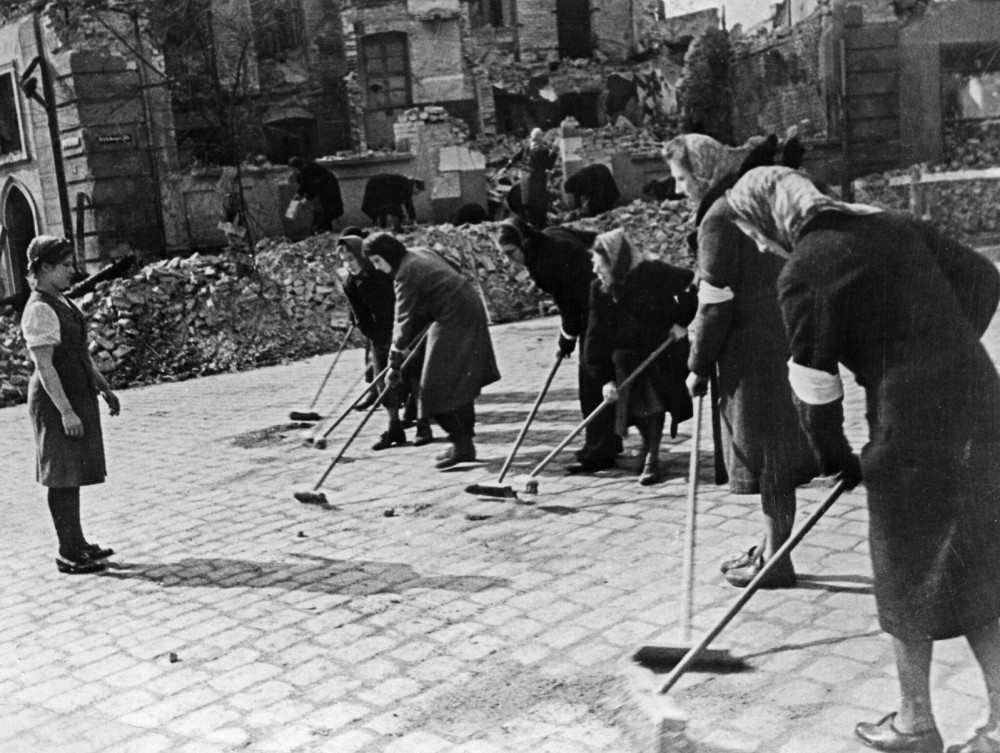
Power in the workplace is almost always conceptualized in terms of the linemanagement hierarchy. Managers are said to sit at the “top” of the pyramid, whilst shop-floor workers are located at the “bottom.” The language that we use to describe the social organization of the workplace is saturated with words that assign people to ranks within hierarchies. Scholarly analysis of the sociology of the workplace takes the pyramidality of power as a given. This article, by contrast, argues that it is more useful to see power in the workplace as a dynamic but horizontal matrix within which the distribution of power is continually in flux. If we are to understand the workplace experiences of any specific social group, it is necessary to reconstruct the position of that group relative to the overall system of power relations within the matrix, and not just to individual kinds of power relationship. To demonstrate the point, this article explores the case study of female workers in the Soviet zone of occupied Germany. Between 1945 and 1948, the experiences of women on the shop floor in East Germany were shaped by wider trends in the distribution of power. These included the transfer of power from German nationals to Soviet occupiers, the devolution of power from the center to the periphery and from the manager’s office to workers on the shop floor, and the shift of relative power from wage earners to black marketeers. To make sense of the contradictory experiences of female workers, we must situate them in the context of wider shifts in, and conflicts over, the distribution of power within a matrix.
Source: Pritchard G. (2018) Female Labor and Power in East Germany, 1945–1948. Central European History. Vol. 51. Is. 3: 450-475
Number of views: 3273